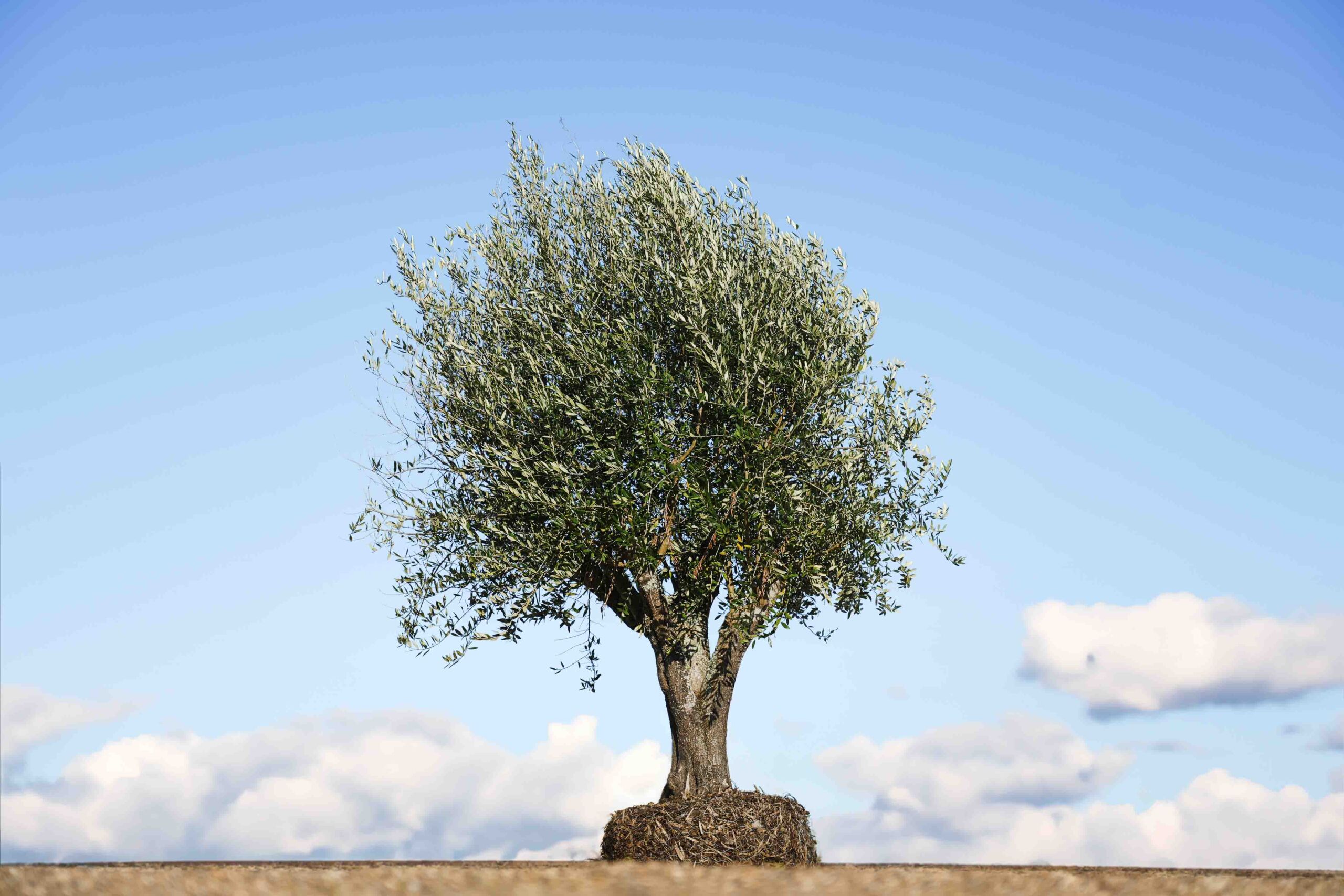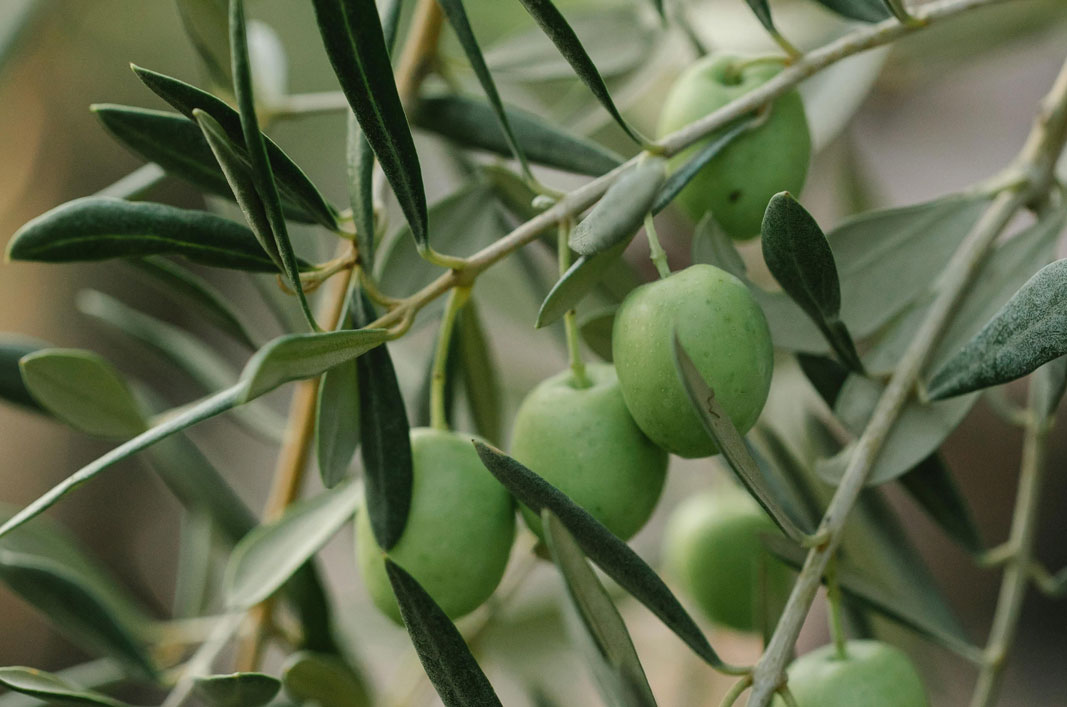Landscaping with Olive Trees in New Zealand
Landscaping with Olive Trees in New Zealand
A Guide for Homeowners, Landscapers & Developers
Olive trees (Olea europaea) have long been a symbol of elegance and resilience, bringing a timeless Mediterranean charm to gardens and landscapes. But beyond their aesthetic appeal, olive trees thrive in many regions of New Zealand, making them a smart, low-maintenance choice for both residential and commercial landscaping projects.
Whether you’re a homeowner creating a private sanctuary, a landscaper designing a modern outdoor space, or a developer looking for sustainable planting solutions, olive trees offer versatility, durability, and beauty.
In this guide, we’ll explore how to use olive trees effectively in your landscape, the best varieties for New Zealand, and how to care for them so they thrive for decades.
Why Olive Trees are a Smart Choice for NZ Landscaping
Olive trees are becoming an increasingly popular landscaping feature in New Zealand, thanks to their:
Privacy & Wind Protection
When planted as hedges, olive trees offer excellent screening from wind and neighbours.
Suitability for Coastal Areas
Olive trees thrive in NZ’s coastal climates, particularly in Auckland, Bay of Plenty, and Northland.
Perfect for New Zealand Climate
Olive trees thrive in New Zealand’s temperate climate, especially in regions with dry summers and mild winters, making them a hardy and low-maintenance choice.
A Taste of the Mediterranean at Home
Many olive varieties grow well in New Zealand, allowing you to enjoy fresh, homegrown olives and even press your own olive oil—perfect for food lovers!
How to Use Olive Trees in Your Landscape
How to Use Olive Trees in Your Landscape
1. As a Statement Feature Tree
Olive trees make a stunning focal point in gardens, courtyards, and entranceways. Plant a single mature olive tree in a central spot to create a Mediterranean feel.Best For: Homeowners, landscape architects, and developers wanting to add instant impact to an outdoor space.Example: A mature olive tree at the entrance of a new architectural home in Queenstown can soften the modern lines while providing year-round greenery.Recommended Size: Large Feature Olive Trees



2. As a Privacy Hedge or Windbreak
Olive trees can be planted in rows to create natural hedges or windbreaks for rural properties, lifestyle blocks, or even urban gardens. Their dense foliage filters wind and reduces noise, making them perfect for homes near busy roads.Best For: Homeowners and developers looking for an alternative to traditional hedging species like Griselinia or Pittosporum.Planting Tip: Space trees 1.5m apart for a dense hedge or 2.5m apart for a looser, informal look.Recommended Size for Hedging: Hedging Olive Trees
3. As a Potted Feature for Decks & Patios
For smaller spaces, olive trees grow well in large pots, adding structure and greenery to decks, balconies, and patios.Best For: Urban homeowners and designers working with compact spaces.Potting Tip: Use a well-draining mix and water regularly in summer to prevent drying out.Recommended Pot-Sized Olive Trees: Dwarf Olive Trees for Pots

4. In Large-Scale Developments & Commercial Spaces
Developers and landscape architects often use olive trees in:
- Apartment complexes & public spaces – for their durability and minimal maintenance.
- Luxury resorts & wineries – to add a Mediterranean aesthetic.
Best For: Developers and commercial landscape projects.Example: A row of mature Manzanillo olive trees lining the entrance to a boutique winery in Marlborough.Recommended Large-Scale Olive Trees: Commercial Landscaping Olive Trees
How to Care for Olive Trees in New Zealand
Sun & Soil Needs
Full sun – at least 6-8 hours daily. Prefers free-draining soil – avoid heavy clay.
Watering
Minimal water once established – deep watering every 2-3 weeks in summer is sufficient.
Pruning
Light pruning in late winter or early spring to shape and remove deadwood.
Fertilising
Apply a slow-release fertiliser in early spring to support healthy growth.










